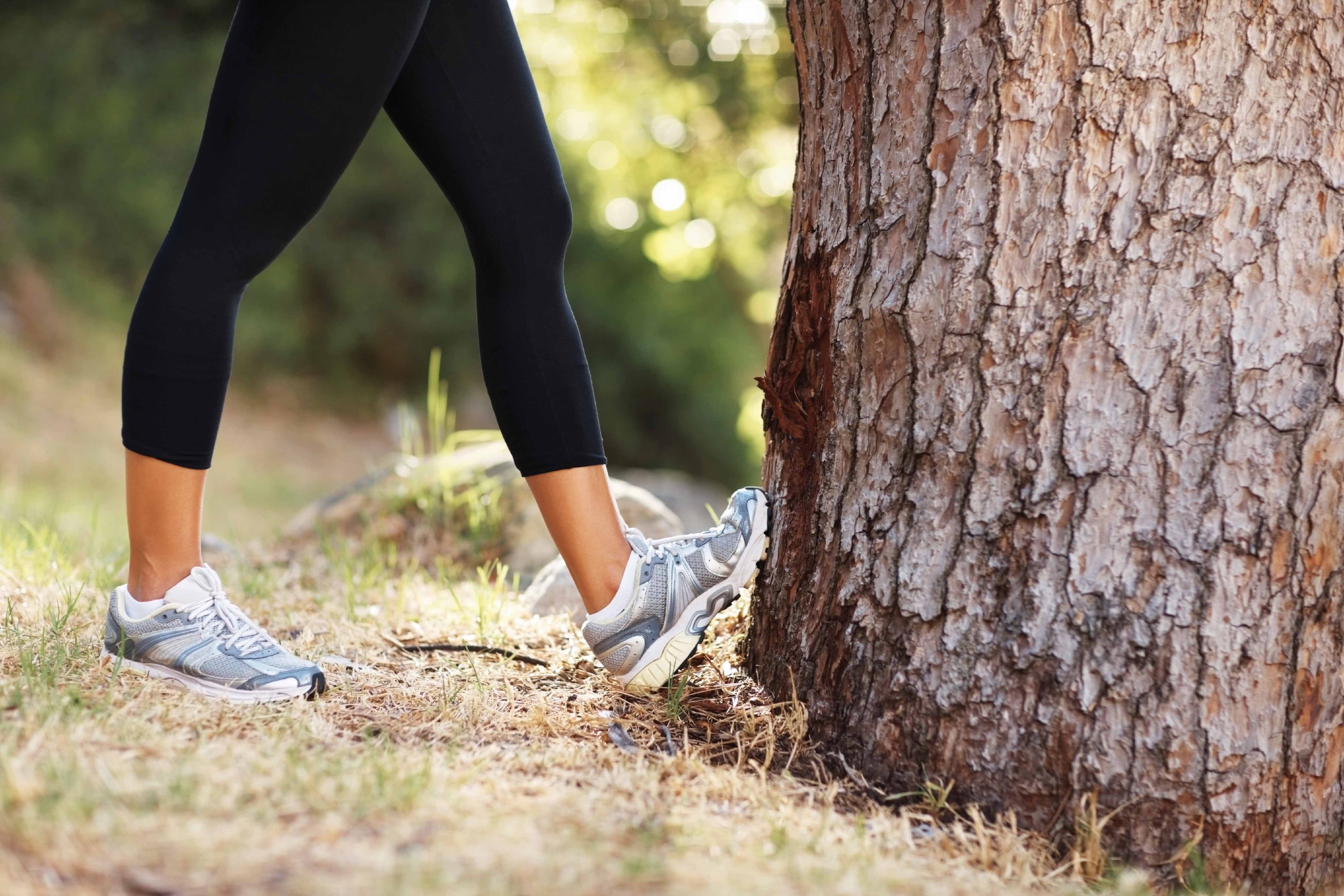Home Remedies To Treat And Prevent Plantar Fasciitis

Photo: iStock
Don’t be sidelined by plantar fasciitis—treat and prevent this common foot pain with these home remedies.
Plantar fasciitis is characterized by nasty pain in the bottom of the foot, especially when running or even taking your first steps out of bed in the morning.
The pain is inflammation of the plantar fascia (plantar means the bottom of the foot, and its fascia is the band of connective tissue running from your heel bone to the front of your foot). This tissue helps support your foot’s arch and give it shape, and it aids in stability when your foot strikes the ground and then pushes off.
The inflammation and pain come from excessive tension. The muscles above and the shape of the foot below contribute to its development. The calf muscles connect to the heel bone via the Achilles tendon. When those muscles are tight, the tendon pulls on the bone from above, stretching the fascia and causing strain. People with high arches are especially prone to plantar fasciitis because the arch itself also contributes tension to the fascia.
A mild case can turn major very quickly. Inflammation makes the fascia more prone to microtears, which can lead to debilitating pain. In other words, you can’t walk, let alone exercise. Bad cases can last months. But here’s what you can do about it.
RELATED: Treating And Preventing Plantar Fasciitis
Fix It
Employ dynamic rest. Take a break from the offending activity. The earlier you address plantar fasciitis, the better. How long you need to rest depends on the severity of the case, but expect to be sidelined for at least a couple of weeks. Stick with intense upper-body activity that doesn’t load your foot. Does that stink? Sure. But it beats crippling yourself!
Stretch. Use the stretches described at right. Be gentle. Go slow. You’re trying to relieve the tightness in the area, not prepare for a game or race. As the injury heals, adopt the stretching habit permanently.
Try an NSAID. An anti-inflammatory like ibuprofen or naproxen can help reduce pain and inflammation.
Consider night splints. Foot splints are available (usually from $20 to $60) and can help if worn at night. It’s best to have a doctor recommend the best one for your case, as there are several varieties.
Ease yourself back into the game. Don’t restart strenuous lower-body activity until you’re pain free. If you mess around with this, you’ll simply aggravate the injury and be out even longer.
RELATED: Is Your Sleep Position Contributing To Your Injuries?
Prevent It
Stay flexible. The best way to stretch this area is to put your toes and the ball of your foot against the top of the vertical edge of a step (or curb or tree) with your heel on the floor and slowly lean forward, keeping your leg straight, until you feel the stretch at the top of your calf. Repeat the stretch with your knee bent, feeling the stretch farther down the leg near the Achilles tendon. Hold each stretch for 15 to 20 seconds and repeat several times in each position. Ideally, you’ll do this daily, before and after exercise.
Roll it. This is a simple preventive measure you can do anywhere, even sitting at your desk at work. Roll a tennis ball back and forth under each foot for a few minutes a day. The ball massages and loosens the fascia.
Try orthotics. Over-the-counter (OTC) hard arch supports can be helpful, especially for you high-arched folks. Prescription orthotics are another option because they’re custom-made for your foot, but I suggest trying the (much cheaper) OTC orthotics first because in my practice, about 90 percent of patients have good results with them. If they don’t work, then see a podiatrist for a custom set.
New York City sports medicine specialist Jordan D. Metzl, M.D. is a 29-time marathon finisher and 10-time Ironman. His book, The Athlete’s Book of Home Remedies, has more than 1,000 tips to fix all types of injuries and medical conditions.